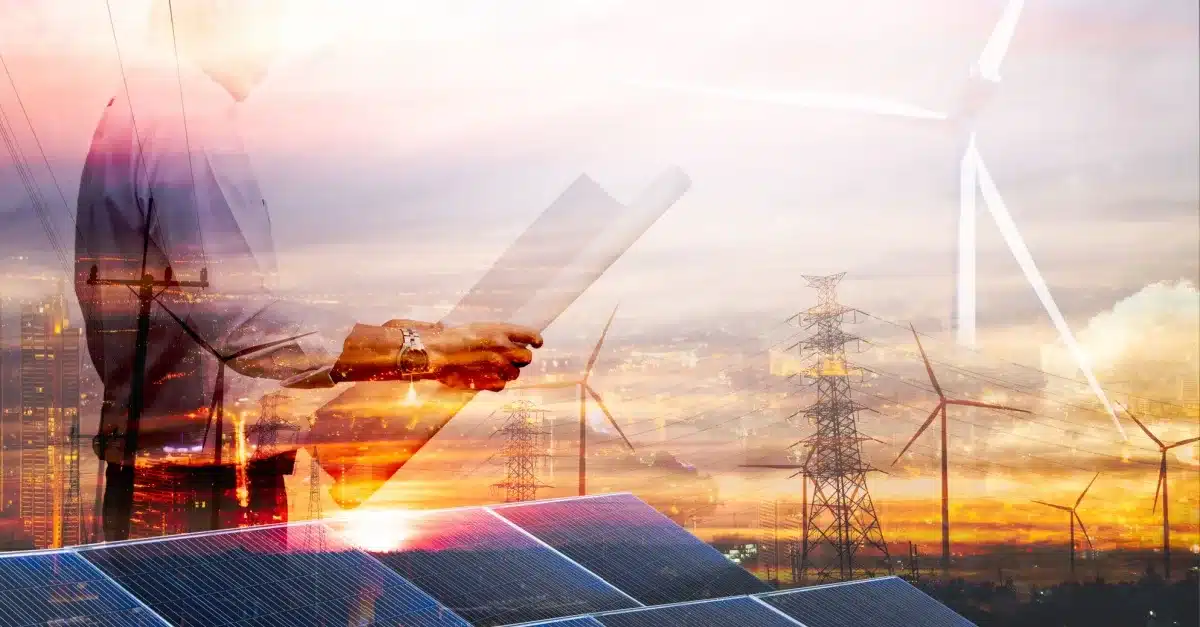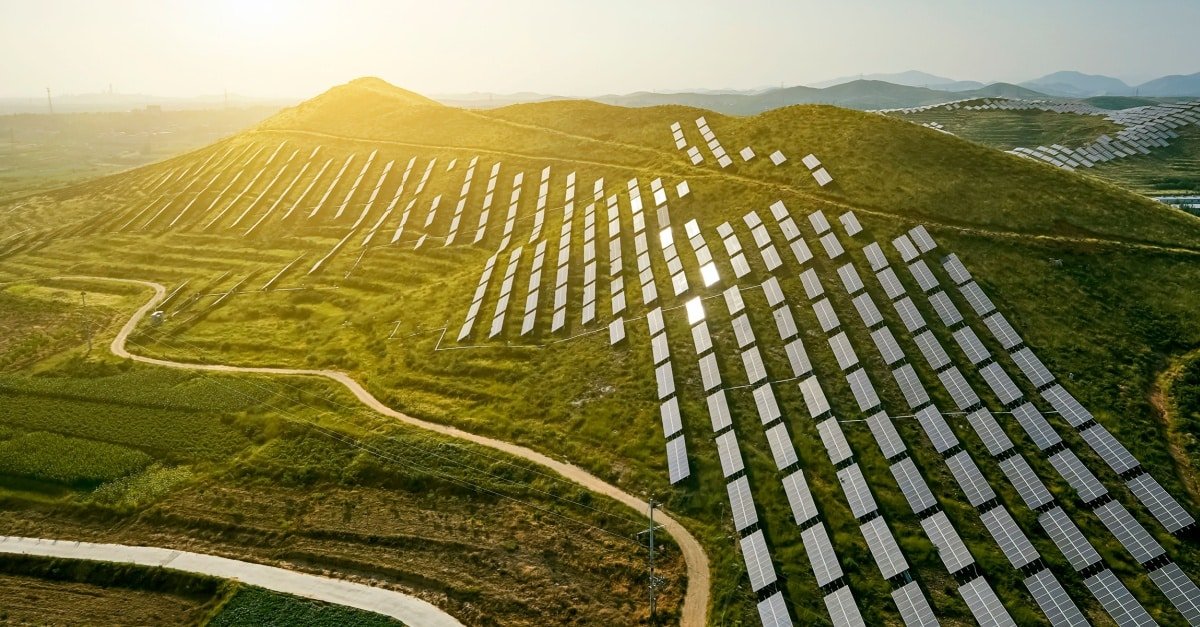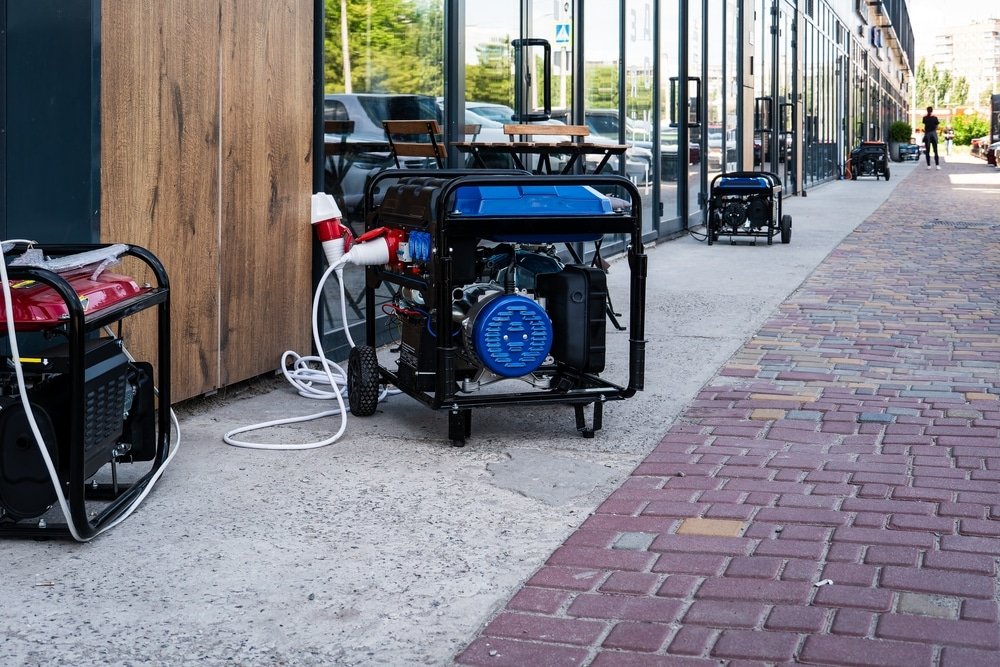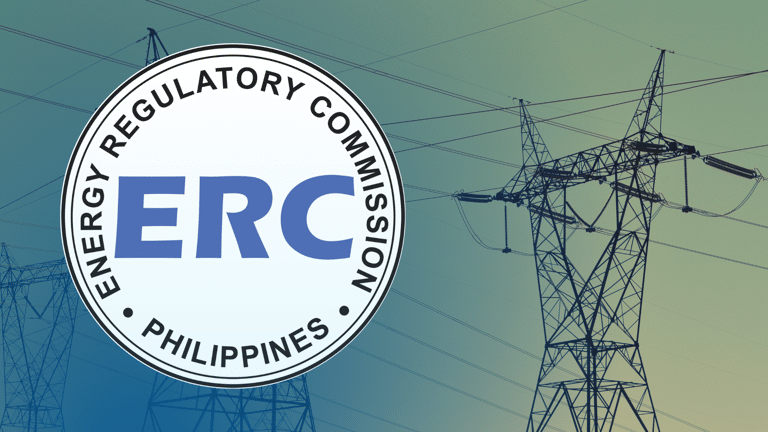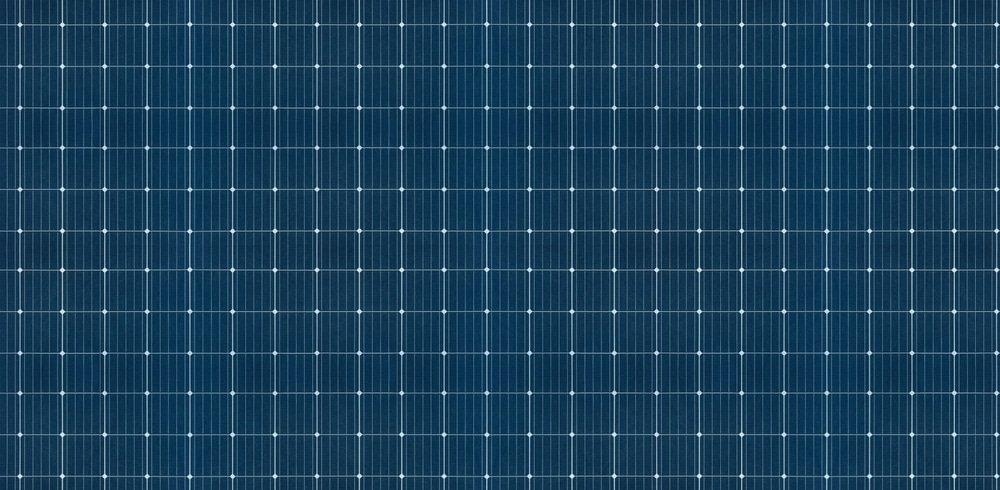
Renewable energy is good for us and good for the planet. But so is carbon-free energy. Are they one and the same?
Although you may hear both terms mentioned in discussions about climate solutions, they are not interchangeable.
Renewable energy
Renewable energy is energy generated from natural renewable sources such as solar, wind, or hydropower. These sources are abundant and easily replenished in our lifespan, thus there is no danger of them running out.
Fossil fuels such as coal, oil, and gas also come from natural sources because they were created from the remains of ancient organisms. However, it took hundreds of thousands of years of heat and pressure to form the fossil fuels we enjoy today. It will take the same amount of time, given the same conditions, for the earth to produce fossil fuels again.
The fossil fuels that we are using now will run out in time and if we do not switch to renewable sources, we won’t have any energy at all to power our homes, factories, or transportation.
Carbon-free energy
Apart from fossil fuels eventually running out, the problem with conventional energy is its carbon emissions. Burning coal for electricity releases carbon dioxide in the atmosphere. The same thing happens when we use gasoline or diesel in vehicles. The internal combustion engine releases carbon dioxide and pollutants into the air.
Excessive carbon dioxide in the atmosphere traps heat creating a greenhouse effect. This is what is called global warming which has severe impacts on our biodiversity and climate.
In searching for an alternative source of energy, then, we must look for one that has little to zero carbon dioxide emissions.
Not all renewable energy sources are carbon-free
The thing is, not all renewable energy sources are carbon-free. A good example is biomass.
Biomass energy is generated by burning plants, agricultural crops, wood, yard clippings, and animal waste. Biomass is easily replenished–we can grow more of the plants we need, for example–but the process of converting biomass to energy is not carbon-free. Burning biomass emits pollutants and harmful gasses such as carbon monoxide, carbon dioxide, and nitrogen oxides.
Not all carbon-free energy sources are renewable
On the other hand, not all carbon-free energy sources are renewable.
Nuclear power plants are carbon-free; they do not emit carbon dioxide or other greenhouse gasses. For this reason, nuclear energy is considered a clean form of energy. However, to generate nuclear energy, the power plants use uranium, a non-renewable resource.
While renewable energy and carbon-free energy both play crucial roles in solving our energy and climate needs, they are distinct concepts with some overlap. The ideal energy solution is one that is both renewable and carbon-free such as solar, wind, and hydropower. Thus, as we transition from fossil fuels, we need to consider both avoiding the depletion of our natural resources and our carbon footprint. Prioritizing renewable and carbon-free energy sources will lead us to a healthier, cleaner, and a truly sustainable future.
References:
Renewable Energy | MIT Climate Portal
What’s the Difference Between Carbon-Free & Renewable Energy? – MCE (mcecleanenergy.org)

